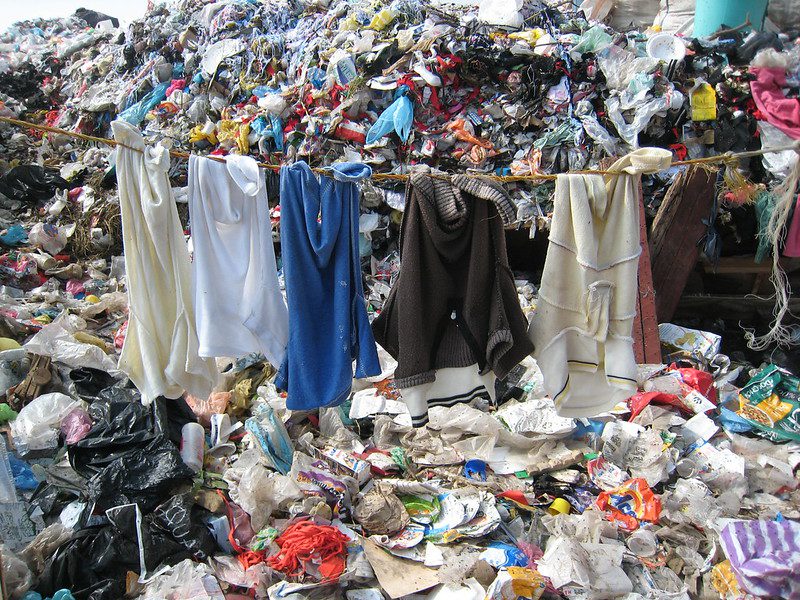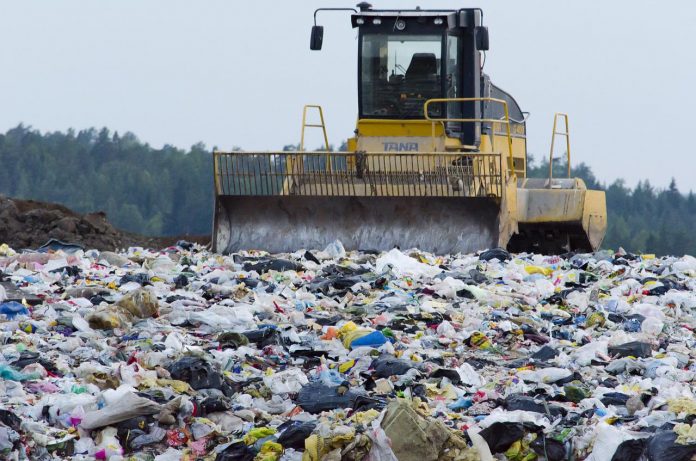Dressing fashionable, having the best looks, renewing our wardrobe each season and getting carried away by sales, undoubtedly generates illusion and emotion in most people, however, rarely is talked about everything that is behind.
The environment is currently experiencing critical moments, and we know that if we do not take immediate action, the damage could be irreversible.
However, when we talk of preserving the environment, we don’t precisely think about the fashion industry.
According to the United Nations Organization (UN), the fashion industry is the second most polluting on the planet.
It produces more carbon emissions than all international flights and maritime transport combined, and it is considered one of the most harmful industries.
Thus, textile production is responsible for 20% of global wastewater and 10% of global carbon emissions.
The dominant model in the sector is that of “fast fashion”, which offers consumers constant changes of collections at low prices and encourages them to buy and discard clothes frequently.
In fact, more than half of the total volume of clothing made by brands like Zara and H&M ends up in the trash in less than a year
The great paradox is that the average consumer buys now 60% more clothing than a decade ago, and currently, an item is worn only ten times before being thrown away.
AFP found that about 59,000 tons of clothing end up at the port in Chile every year. Of that, at least 39,000 tons are moved into landfills in the desert.https://t.co/SquMBzD99V
— Bruce (@slovakianbruce) May 7, 2022
Despite such an unfavourable scenario, every day different fashion brands begin to take action to benefit the environment. However, the greatest benefit and change is in our hands: consumers.
“Most problems arise from lack of knowledge”, says Drew Caputo, Vice President of Litigation of the Earth Justice NGO, “consumers only go through the process of arriving at a store and acquiring their garment to wear it, or sometimes it is even simpler, buying online, with a single click they just wait for it to appear their house’s door”.
Therefore, being aware of all the social and environmental impact that a simple garment can cause is the first step to creating awareness and being able to act differently.
Caputo argues that being interested in knowing the textiles and the processes that are used for the manufacture of our clothes will allow us to make purchases with awareness.
We will be able to invest in functional garments that give us the versatility to give them greater use, avoiding disposable garments and choosing brands that have a real commitment to the environment.
“Let’s learn to buy with conscience, acquire quality, not quantity, take the necessary care with your garments to extend their life cycle, check the interior labels to know their composition and create an intelligent wardrobe so that you avoid buying so often”, Caputo continues.
The responsibility and the change are in us. We need to change the consumption paradigm.
One of the best ways to benefit your own budget, save and respect the environment and try to avoid this desire of buying compulsively is to buy from second-hand or vintage stores
This idea is based on a circular model, so clothes end up back in a store rather than disposed of in a landfill.
Betting or not on this model, the truth is that the resources allocated to the manufacture of clothing are incalculable.
It is a situation with a grey outlook if we consider the forecasts of urban expansion and consumption growth that we will experience in the coming years.
As Drew Caputo argues, “fast fashion exists because consumers support it with our habits”.

Image: The Donkey Sanctuary / Flickr








